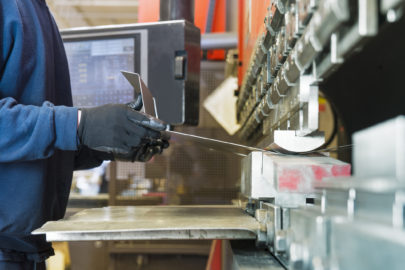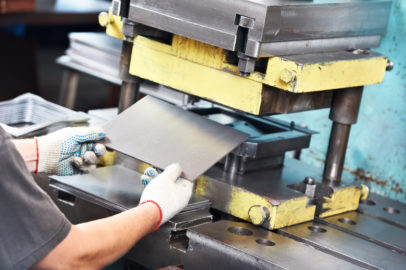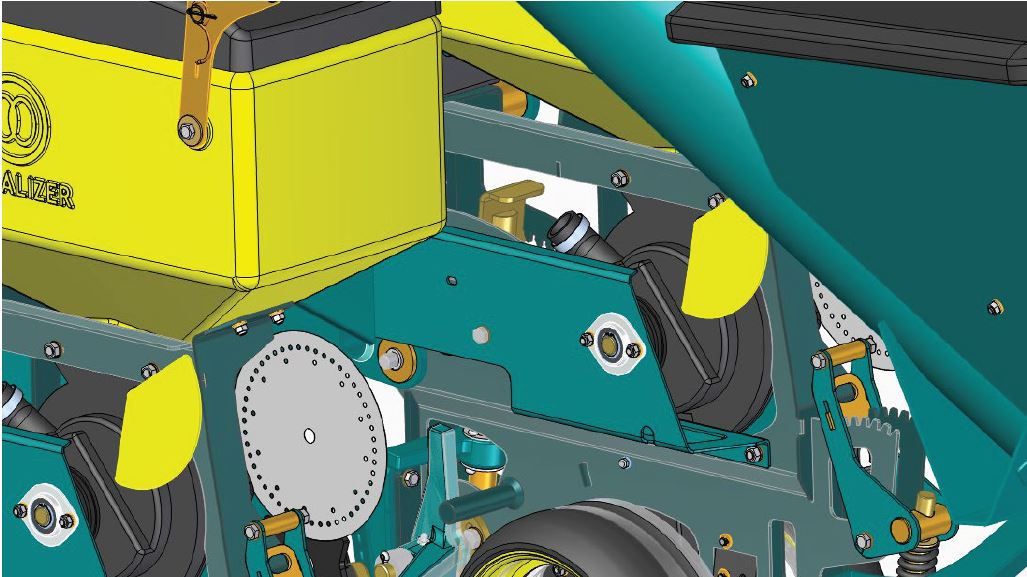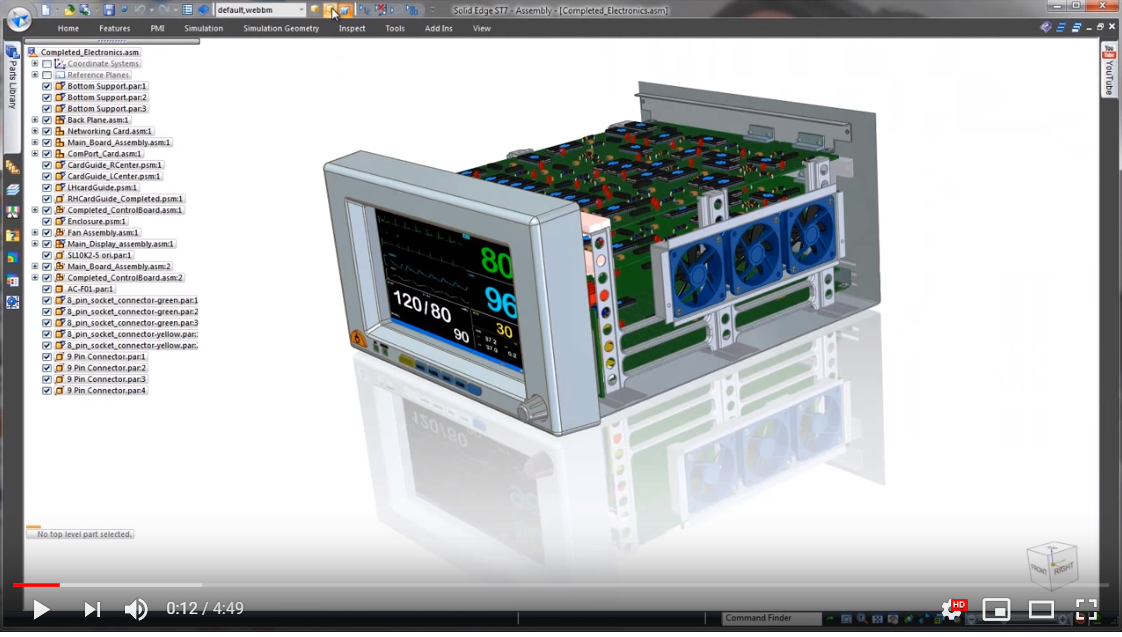Sheet Metal Design
Advantages for using sheet metal in machinery manufacturing

The design and manufacturing of sheet metal parts plays an important role in all areas of machine and plant design. Often the majority of machine parts are made of sheet metal. Because of modern production technologies sheet metal parts can be cut on modern water jet or laser cutting machines very fast, precise, distortion-free and cost-effective. The post-processing is limited to simple operations such as deburring or is not necessary at all.
Also the achievable accuracy is very high. The CNC-controlled machines can take over the cutting geometry directly from the CAD systems, so that even the smallest batch sizes can be economically produced without much preparation, no matter if we speak of thin sheets up to five millimeters or thick sheets up to 40 millimeters and more. Another advantage of sheet metal parts, which is really cost-saving: all forms that can be produced by bending or edging.
Challenges in sheet metal design

If your company designs sheet metal parts, it faces a series of unique challenges. Although parts are typically designed in their “formed” state, they begin as a flat plate. As a result, manufacturability becomes a critical aspect of every feature making up the finished part. Add to this the need to account also for material thickness, along with bend and corner relief, miter deformation features and critical dimensions (inside or outside).
When you take all of this into consideration, it becomes obvious that you need a highly specialized set of tools if you want to achieve real productivity and quality gains from design through manufacturing.
Sheet metal design in focus
Essential functions for sheet metal design software
Easy transform 2D into 3D
To speed the development process, you should be able to drag 2D sketches directly into a 3D model, dragging these elements into new features, as well as enable them to modify existing parts. Regions should be automatically be created from imported drawings.
State of the art functionalities
Specialized sheet metal design capabilities, such as dimples and beads, using sketches and engineering parameters, without having to regenerate unrelated geometry or downstream operations, are a must. In addition, you should be able to “wrap” sheet metal around a solid part.
Seamless data import
Import sheet metal model files and convert them to usable parts where edits can then be made. Your software should recognize key parameters on imported parts, such as thickness and bends. Higher usability arises from tools that allow synchronous modelling.
Embedded design validation
Unmatched model validation e.g. FEM analysis help to ensure manufacturability and reduce the need for physical prototypes. Useful are also features that automatically measure parameters, like the distance between bends, or calculate costs.
Ready for NC
For manufacturing purposes, your flat patterns should always show the most efficient cut sheet size. Bend tables should be stored within 3D parts to allow the bend order to be documented, used on drawings, and exported to help program CNC machines.
Customer Success Story
Benefit from faster design cycles with Solid Edge sheet metal!
“For sheet metal design, 3D with Solid Edge is two times faster than 2D.”
Stephan St-Onge Designer GEA Farm Technologies
Find out how Solid Edge sheet metal design capabilities can help you to speed your design process
Download our Solid Edge sheet metal design whitepaper!


